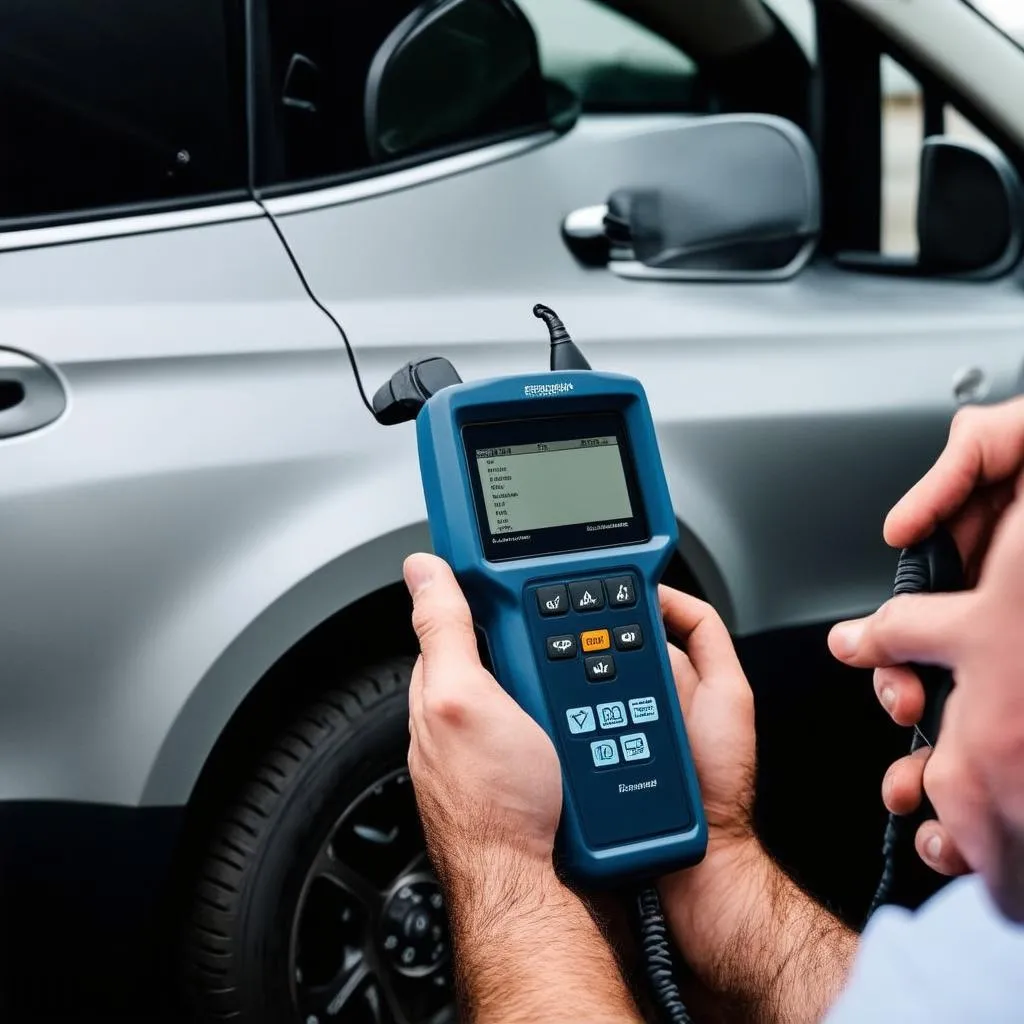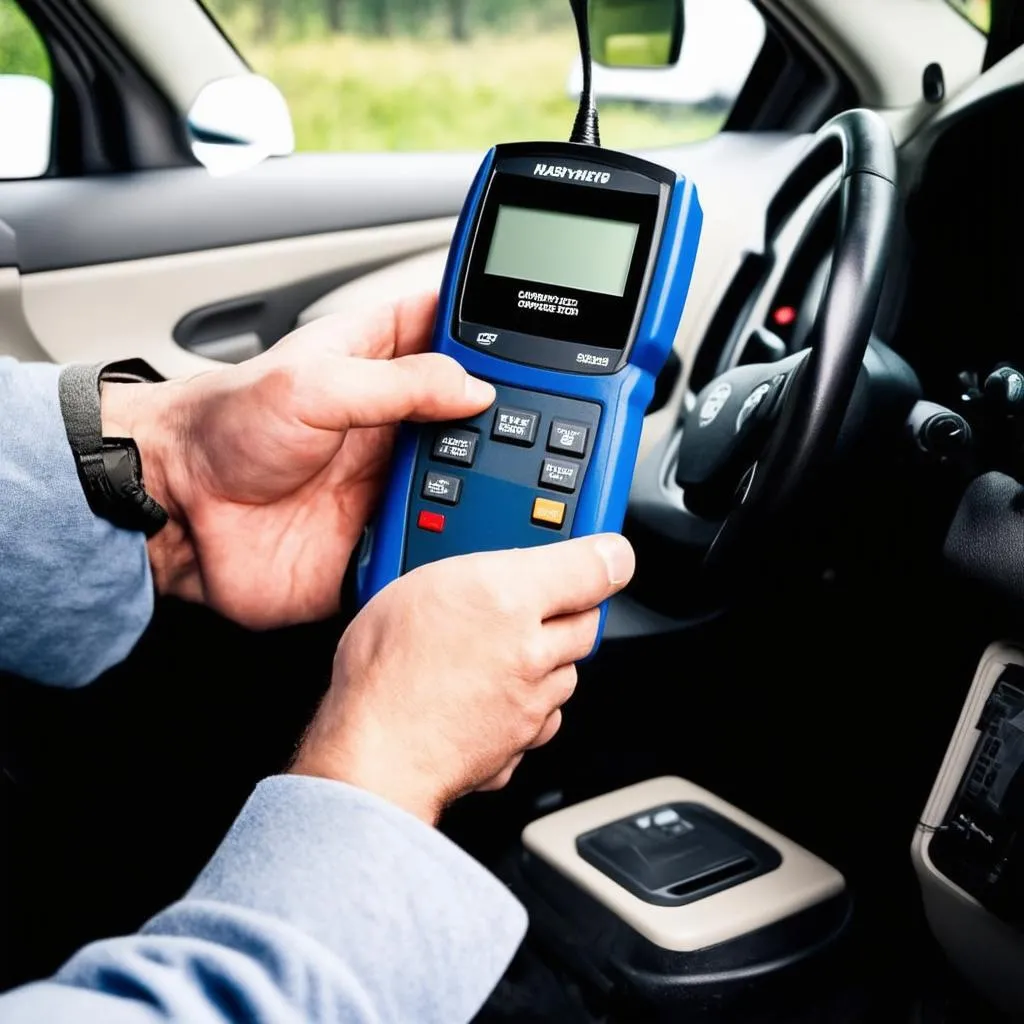Have you ever wondered, “How many miles do I need to drive before I can reset the OBD?” It’s a question many car owners ask, especially when dealing with a check engine light or other vehicle issues. While it’s tempting to think that driving a certain number of miles will magically erase the error codes, the reality is a bit more complex.
Understanding the OBD and Its Importance
The OBD (On-Board Diagnostics) system is a computer in your car that monitors various engine and vehicle functions. It’s like a health check for your car, and it helps identify any potential issues that might need attention. When the OBD detects a problem, it stores a code that indicates the specific issue.
The Role of Miles in OBD Reset
The number of miles driven doesn’t directly affect the OBD reset. It’s not a simple matter of reaching a certain mileage threshold and having the error codes disappear. The OBD system doesn’t reset itself based on miles driven.
The Key to Resetting the OBD
The primary factor in resetting the OBD is addressing the underlying issue that caused the error code in the first place. This could involve anything from a simple fix like replacing a faulty sensor to a more complex repair.
How to Reset the OBD: A Step-by-Step Guide
- Identify the Issue: The first step is to figure out why the check engine light is on or why you suspect an OBD error. You can use a code reader to get a specific error code, or consult a mechanic for a diagnosis.
- Address the Issue: Once you know the problem, address it. This may involve replacing a faulty part, cleaning a sensor, or addressing a more serious mechanical issue.
- Clear the Codes: Once the underlying issue is resolved, you can clear the error codes from the OBD system. This can be done using a code reader or by disconnecting the battery for a few minutes.
- Monitor the System: After clearing the codes, monitor your car for a few days or weeks to ensure the issue is truly resolved.
Frequently Asked Questions
Q: Is there a specific number of miles I need to drive after fixing an issue to clear the code?
A: No, there is no specific mileage requirement. Once the problem is addressed, you can clear the codes and monitor the system.
Q: Can I reset the OBD myself using a code reader?
A: Yes, you can use a code reader to reset the OBD yourself. However, it’s important to remember that clearing the codes without addressing the underlying issue will only temporarily hide the problem.
Q: How often should I reset the OBD?
A: There’s no need to reset the OBD regularly. You should only reset it when there’s a problem and the issue has been addressed.
Car Models Where You Might Need a Dealer Scanner
Ford, BMW, Mercedes-Benz, Audi, Volkswagen, and many other European cars have complex electrical systems. In these cases, you might need a dealer-level scanner, often referred to as a “dealer scanner for European cars”, to perform a full diagnosis and reset the OBD.
The Importance of Professional Assistance
While some basic OBD resets can be done by yourself, it’s always best to consult a professional mechanic for any complex issues. They have the knowledge, experience, and tools to properly diagnose and repair your car’s electrical system.
 Dealer Scanner
Dealer Scanner
 OBD Reset
OBD Reset
Resources
For more information on OBD systems and how to diagnose and fix problems, you can consult these resources:
- [Website Name]: [Website URL]
- [Book Title]: [Author Name]
For additional information and assistance with diagnosing and repairing electrical issues in your car, please feel free to contact us on Whatsapp: +84767531508. Our team of experienced automotive specialists is available 24/7 to help you.
Note: This information is intended for educational purposes only. If you have any concerns about your vehicle’s electrical system, consult a qualified mechanic for professional advice.
Let us know your thoughts in the comments below! Do you have any other questions about resetting the OBD or your car’s electrical system?